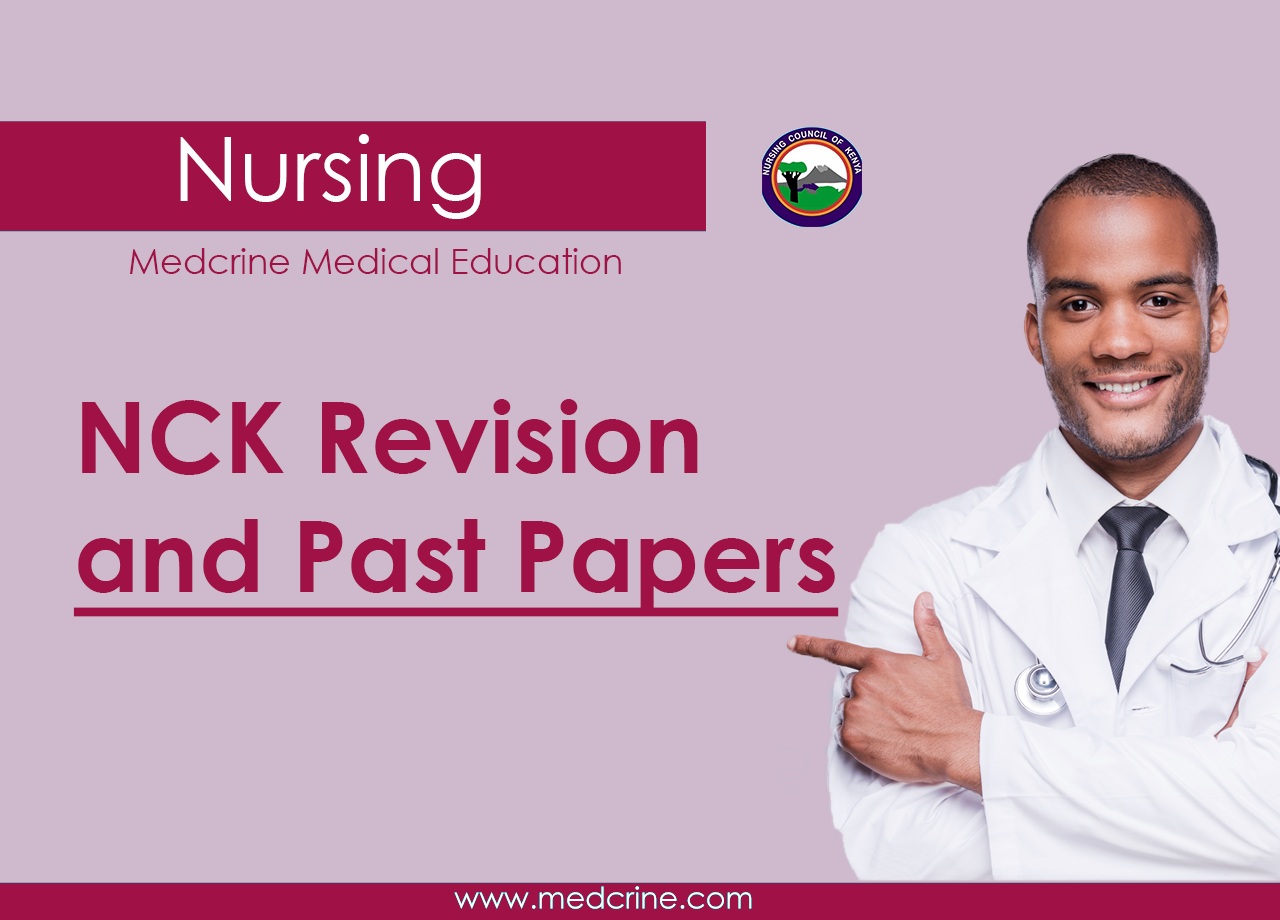Sterilization is the process by which all pathogenic and nonpathogenic microorganisms, including spores, are killed. It is the only process that ensures that an item is free from all microbes.
Sterilization can be achieved with physical or chemical methods.
Physical methods generally rely on moist or dry heat and chemical methods, on the other hand, use gaseous or liquid chemicals.
Methods of Sterilization
Chemical Methods
Ethylene oxide (EO or ETO) gas is used to sterilize items that are sensitive to heat or moisture. EO must have direct contact with microorganisms on or in the items to be sterilized.
EO is highly flammable and explosive in air and therefore, must be used in an explosion-proof sterilizing chamber in a controlled environment.
When handled properly, EO is reliable and safe for sterilization, but the toxic emission and residues of EO present health hazards to healthcare providers and patients.
Its effectiveness depends on four parameters which include:
- The concentration of EO gas,
- Temperature,
- Humidity, and
- Time (duration of gas exposure)
Glutaraldehyde 2% and formaldehyde 8% can also be used as a chemical sterilizer.
Physical Methods
Heat is a dependable physical agent for the destruction of all forms of microbial life, including spores. It may be used moist or dry.
The most reliable and commonly used method of sterilization is steam under pressure.
A. Moist heat (steam under pressure) or autoclave
This method is the least expensive, most efficient, and least time-consuming method and is the method of the first choice, whenever possible. For the steam process to achieve sterility, the time, temperature, pressure, and moisture must be present in the correct proportions. An imbalance in these components can result in the failure of the process.
The minimum time for the entire cycle in the autoclave sterilizer is 25 to 30 minutes at 121 to 132 degrees Celsius.
However, it is possible, but not recommended to speed up the process in the autoclave sterilizer by:
- Increasing the temperature,
- Decreasing the time, and
- Processing the item unwrapped.
This method is called flash/high-speed pressure sterilization.
Because the delicate balance among processing time, temperature, pressure, and moisture are changed, the probability that sterility will be achieved is reduced.
For this reason, flash sterilization should be used only in an emergency (e.g., a surgical instrument has been dropped, no alternative exists, and the instrument is needed immediately).
Advantages of Steam Sterilization
- It is the easiest, safest, and surest method of on-site sterilization
- Steam is the fastest method; its total time cycle is the shortest
- Steam is the least expensive and most easily supplied agent.
- Most sterilizers have automatic controls and recording devices that eliminate the human factor from the sterilization process
- Steam leaves no harmful residue. Many items such as stainless steel instruments withstand repeated processing without damage.
Disadvantages of Steam Sterilization
- Precautions must be used in preparing and packaging items, loading and operating the sterilizer, and drying the load.
- Items need to be clean, free of grease and oil, and not sensitive to heat
- Steam must have direct contact with all areas of an item. It must be able to penetrate packaging material, but the material must be able to maintain sterility
- The timing of the cycle is adjusted for differences in materials and sizes of loads; these variables are subject to human error.
B. Dry Heat
By this method, the items to be sterilized are subjected to the heated air in an enclosed oven or container.
This method is usually reserved for sterilizing powders, oils, sharps, sponges, and bandages. The major disadvantages of dry heat are that it penetrates materials slowly and unevenly.
Sterility Indicators and Control Monitors
It is necessary to have a reliable, inexpensive method for checking the effectiveness of a sterilizing process.
Packages wrapped for sterilization are sealed with indicator tape. The tape used on packs to be steam-sterilized has temperature-sensitive areas that change color when exposed to high temperatures. Tape used on packs to be gas sterilized has areas that change color upon exposure to the used (EO).
Other indicators, in the form of paper strips or gas vials, are also available for insertion within the package.
These indicators are called process monitors. It is important to note that these indicators reveal only that the pack has undergone a sterilization process. It does not indicate that the item is sterile.
The most efficient method of testing sterility is with biological controls. A highly resistant, nonpathogenic, spore-forming bacteria, contained in a glass vial or impregnated onto a strip of paper, is placed in the load to be sterilized.
For steam sterilization, the dry spores of the bacteria Bacillus stearothermophilus are used; gas sterilization uses Bacillus subtilis.
The vial or strip is recovered at the end of the sterilization process and cultured. This process is time-consuming and the results may not be known for several days, but it is a very reliable method of testing the efficacy of a sterilization process.
Shelf Life
The length of time an item can be considered sterile is referred to as the shelf life.
Sterility is event-related; it is not time-related unless the package contains unstable components such as drugs or chemicals.
Storage conditions are established to maintain the integrity of the package. An item is considered sterile on the basis of the following events:
- Handling of the package during transport and storage (i.e., the prevention of contamination and physical damage.)
- Integrity, type, and configuration of packaging material.
- Condition of storage.
Most commercially sterilized products are considered sterile indefinitely or as long as the integrity of the package is maintained. An expiration date put on the label by the manufacturer indicates the
maximum time the manufacturer can guarantee product stability and sterility on the basis of test data approved by the FDA.
The integrity of Packaging Material and Handling
The method of sterilization establishes the type of packaging material that may be used. Shelf life is affected by the:
- Permeability and density of the material,
- Type of closure used, and
- The method by which the package is handled
The following are considerations regarding the integrity of packaging materials:
- An item is no longer considered sterile after an accidental puncture, tear, or rupture of the package
- Squeezing or crushing a package may force air out and draw unsterile air in, thus contaminating the contents.
- The accidental wetting of a package contaminates the contents. It is necessary to avoid the following:
- Handling the package with moist or wet hands
- Handling the package with soiled gloves
- Placing the package on a wet surface
- Commercially packaged, sterilized items are usually considered sterile until the package is opened or damaged or the stability of the product becomes outdated.
Dust Cover
A sealed, airtight plastic bag protects a sterile package from dust, dirt, lint, moisture, and vermin during storage.
After sterilization and immediately following aerating or cooling to room temperature, infrequently used items may be sealed in plastic 2 to 3 mil thick.
A dust cover will protect the integrity of the package.
Storage Conditions
The maintenance of sterility is related to the event and is not based on time. How sterile packages are handled and stored is as important as how long they can remain sterile.
The following guidelines are helpful in maintaining the sterility of a package during storage:
- Storage areas are clean and free of dust, lint, dirt, and vermin. Routine cleaning procedures are followed for all areas in the perioperative environment.
- All sterile items should be stored under conditions that protect them from the extremes of temperature and humidity.
- Packages should be allowed to cool to room temperature before being put into storage to avoid condensation inside the package.
- Peel pouches should be stored on their sides to minimize the pressure from items stacked on top of them.
- For open shelving, the highest shelf should be at least 18 inches (46 cm) below the ceiling and 8 to 10 inches (20 to 25 cm) above the floor. Closed cupboards are preferred.
- Sterile storage areas should have controlled traffic patterns.






